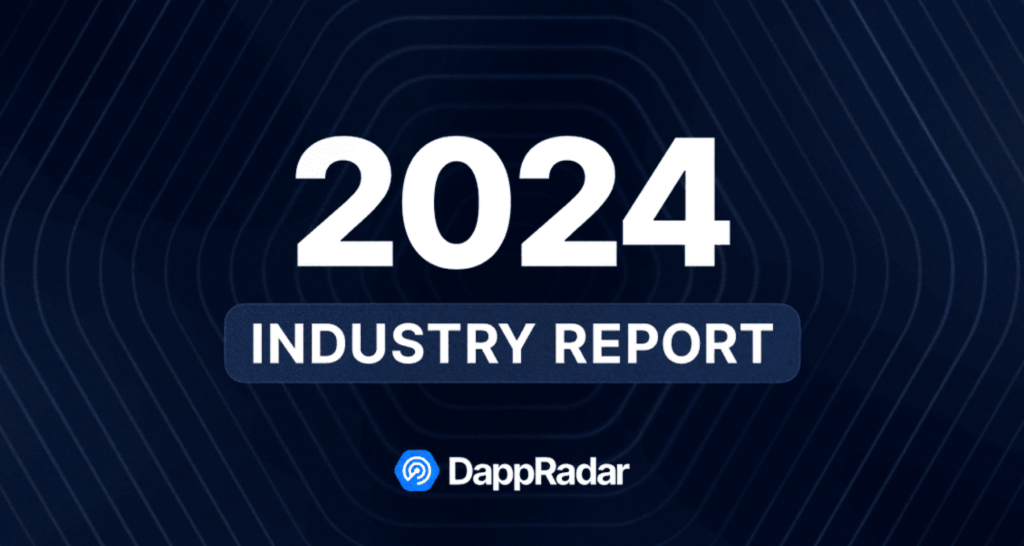Crypto in Space: Blockchain Technologies Touching the Stars

Blockchain technologies and digital assets are steadily infiltrating the cosmic realm. Cryptocurrencies are being deployed in the construction and launch of satellites, the creation of blockchain nodes, and even in the hunt for space-bound crypto treasures.
On this page
Utilizing blockchain technology in space brings several distinct benefits to the table. Foremost among these is the decentralized nature of blockchain, making it an exceptional tool for managing an array of space resources and satellite networks. Additionally, the blockchain's ability to store and exchange data securely and transparently can be harnessed to bolster communication and information interchange between various space agencies and corporations.
At present, blockchain technology is being employed in space for a multitude of purposes. A case in point is NASA, which is investigating the use of blockchain to enhance space navigation and communication. Furthermore, several firms are leveraging blockchain for controlling satellite networks, ensuring secure and reliable data transmission back to the Earth. Looking ahead, blockchain technologies show promise in potentially managing and regulating space assets and resources. From keeping tabs on precious metals mined from planets or asteroids to overseeing the economic operations of human settlements on the Moon or Mars, the possibilities are intriguing.
Let's dive into some real-world use cases of blockchain technology and digital assets in space that have already come to fruition.
Space-Bound Autonomous Blockchain Nodes
In 2018, SpaceChain, a company based in Singapore, made history by launching a satellite into space. This was not just any satellite: it was equipped with computer hardware and a fully-functioning blockchain node for the Qtum coin. This achievement was a pivotal moment for both the cryptocurrency industry and the space sector. For the first time, a blockchain node operated in space, validating transactions received from Earth and even possessing the ability to generate smart contracts.
In 2022, SpaceChain emulated this success, but this time with a node of the Velas coin. The hardware-equipped satellite was designed by Spire Global, an American company. This satellite was one of 105 that were propelled into orbit by SpaceX's Falcon 9 rocket, under Elon Musk's Smallsat Rideshare program.
Two years earlier, in 2020, SpaceChain installed hardware on the International Space Station (ISS) to facilitate a Bitcoin transaction from space, employing multisig technology.
In this manner, SpaceChain has sent three different digital assets into space: nodes for Qtum, Bitcoin, and Velas. This has expanded their networks to a cosmic scale. It's an innovative and captivating approach to marketing, albeit one with considerable costs attached.
SpaceChain's upcoming plans include deploying yet another Velas node into space. Source: Twitter @VelasBlockchain
Satellite Connectivity Providing Round-the-Clock Blockchain Access
In 2016, Blockstream, a Canadian company, launched a satellite that provides the ability to connect to the Bitcoin network to users globally, including those in areas where reliable internet access is a luxury.
One individual pushing the boundaries of what's possible with Bitcoin is Mauricio Cessere. This Bitcoin maximalist set up the first complete satellite node of the Bitcoin network in Brazil, even converting a satellite dish to function as an access point. His node downloads and synchronizes the blockchain via Blockstream's satellite network.
Cessere believes that the next leap toward further decentralization of the Bitcoin network is the implementation of complete satellite nodes. He suggests that having a number of these independent access points could bring Bitcoin to remote communities.
Interestingly, when Chesser refers to “remote communities”, he might not just mean isolated human populations on Earth — he could also be talking about extraterrestrial civilizations!
Doge Satellite
In 2021, SpaceX declared its plans to launch the DOGE-1 satellite to the Moon, a mission that would be funded by Dogecoin.
Mission paid for in Doge – 1st crypto in space – 1st meme in space
, Musk said in a tweet.
SpaceX vice president of commercial sales Tom Ochinero stated that the DOGE-1 mission would “demonstrate the application of cryptocurrency beyond Earth orbit and set the foundation for interplanetary commerce.”
The satellite that SpaceX intends to launch belongs to the Canadian firm Geometric Energy Corporation (GEC). An official press release from this company previously mentioned that the launch of the satellite, using the Falcon 9 rocket, was scheduled for the first quarter of 2022.
The plan was to send a 40-kilogram device equipped with sensors and cameras to a lunar orbit during the mission.
The DOGE-1 satellite launch was supposed to take place during the Nova-C/IM-1 mission — a joint project between Intuitive Machines and NASA. Intuitive Machines, a company that specializes in SpaceX launches, has delayed the Nova-C mission multiple times, causing a postponement in the DOGE-1 launch. As of May 2023, the Nova-C/IM-1 mission is planned for the third quarter of 2023.
Marscoin Project
Cryptocurrency will also play a role in Mars exploration missions. The Marscoin project was launched in 2021, aiming to create a decentralized payment system for future missions and settlements on Mars. The project plans to use blockchain technology to ensure secure and efficient transactions, even under the challenging and remote conditions of Mars. The use of cryptocurrency on Mars could potentially revolutionize transaction processes during space exploration, setting a new standard for interstellar trade. After all, who needs physical currency or credit cards in space?!
Bitcoin Treasure on the Moon
Another intriguing endeavor may become a reality this year. The crypto company LunarCrush plans to send a SEED phrase from a Bitcoin wallet containing 62 BTC (approximately $1,675 million at the current rate) into space. This valuable artifact is expected to be delivered to the Moon by a SpaceX rocket in the fall of 2023.
The SEED phrase will be engraved on the Lunar Outpost MAPP rover, which is the first in history to have the mission of reaching the lunar south pole. The project is named Nakamoto 1 — in honor of the enigmatic creator of Bitcoin, who concealed his identity under the pseudonym Satoshi Nakamoto.
LunarCrush has stated that the engraving process of the SEED phrase will be so secretive that not even the company's employees will know the details. Thus, the “crypto treasure” can be claimed by the first person to land on the Moon and find the SEED phrase.
This lunar quest is a novel concept that could significantly increase the number of space tourists to the Moon. Richard Branson, Jeff Bezos, and Elon Musk — owners of companies providing space tourism services — are likely eagerly anticipating new bookings from affluent clients who will undoubtedly be intrigued by such a quest once the bitcoin treasure is already awaiting them on the Moon.
The Lunar Outpost MAPP rover that is set to hold the Bitcoin treasure. Source: Youtube @Lunar Outpost
Of course, there are other use cases for cryptocurrencies and blockchain technologies, but this article only covers the most prominent and large-scale ones.
Would you embark on a trip to the Moon in pursuit of crypto treasure?
The content on The Coinomist is for informational purposes only and should not be interpreted as financial advice. While we strive to provide accurate and up-to-date information, we do not guarantee the accuracy, completeness, or reliability of any content. Neither we accept liability for any errors or omissions in the information provided or for any financial losses incurred as a result of relying on this information. Actions based on this content are at your own risk. Always do your own research and consult a professional. See our Terms, Privacy Policy, and Disclaimers for more details.




























